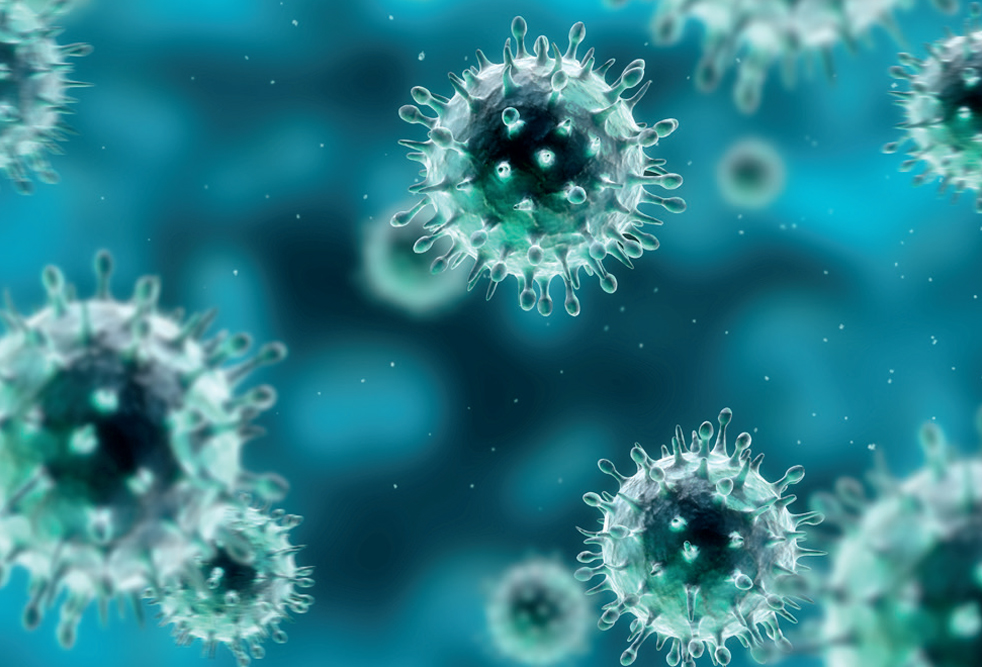 Without a BiPAP® mask
Without a BiPAP® mask Without sedation
Without sedation Without the risk of barotrauma
Without the risk of barotrauma Without the risk of infection
Without the risk of infectionThe United Hayek ventilators work using a unique Biphasic Cuirass Ventilation (BCV) technique. A negative pressure is generated within the chest cuirass, for inspiration or continuous inspiratory assistance, and applies a positive pressure within the cuirass inducing expiration. This positive expiratory pressure means that expiration is an active phase in the respiratory cycle this makes the Hayek RTX particularly efficient at CO2 clearance.
Provides an efficient and effective method of non-invasive external ventilation and is a real alternative to traditional forms of ventilation.

BCV works using a clear plastic shell called a Cuirass. The cuirass is lightweight and has a foam seal that maintain an airtight fit around the patient. It is very comfortable to wear. It is available in 12 different sizes, ranging from babies to adults.

BCV can be used in both the hospital setting or at home. BCV is ideally suited for use in both acute and chronic, intubated or non-intubated patients.

BCV doesn’t just ventilate fantastically, it is really comfortable too. The seal is made of super soft foam, the cuirass is very light and it is designed to fit light a glove. United Hayek units automagically compensate for leaks, therefore the cuirass doesn’t need to be applied tightly.

The seal is hypoallergenic and it’s disposable too. This mean it’s hygenic, which helps to avoid infection, and, of course, it’s latex free.

United Hayek units are really advanced. Devices like the Hayek RTX are crammed with the latest technology. It incorporates many modes of ventilation.

Chest X-ray films of an 88-year-old man with Adams-Stokes syndrome and pulmonary congestion. (Left) Extensive left-sided atelectasis. (Right) Atelectasis was resolved after treatment with the Hayek RTX.

Used in conditions with increased work of breathing, small airways disease, V/Q mismatching and those infants who may tire easily post extubation. This mode of support can be easily adjusted/manipulated to suit the individual patients - requirements. Start your CNEP roughly 2cms H2O more than you would CPAP. This level is then adjusted until the increase work of breathing decreases. This will be noted with decreased recession, use of expiratory muscles, metabolic acidosis, stable or falling CO2 and improved oxygenation. The air within the cuirass can cause the infants to be at risk of temperature loss. It is advisable to dress them in pyjamas or warm clothes, without buttons as these can affect the seal on the cuirass. Or place them under a radiant heater Once a suitable level of CNEP is found and the patient is n the recovery phase of their illness weaning from CNEP can be initiated by bringing down the level of CNEP and then once at an expectable level taking the patient off for controlled periods. These are gradual lengthened to suit the patient. CNEP helps improve right ventricular function, especially when used in conjunction to PPV. References: 10, 11, 12, 13, 15.
There are 3 different Ventilation modes available on the Hayek RTX. There are 2 modes which are triggered by the patient's respiratory effort, whare are "Respiratory Triggered" and "Respiratory Synchronized". These modes can be used as pressure support modes and an aid to weaning.
This mode provides full control over the patient's respiration
Positive pressure ventilation techniques, as well as invasive mechanical ventilation, have a lengthy list of adverse effects, which BCV does not. Some potential adverse physiologic effects of positive pressure ventilation (PPV) are:
Perhaps the most feared complications occurring during mechanical ventilation include:
The use of positive pressure ventilation can lead to barotrauma, volutrama and possible development of a pneumothorax. These complications can be entirely avoided with the use of BCV.
BCV offers effective, even and natural ventilation without risk to the patient and can be applied by virtually anyone with minimal training. BCV will also facilitate the clearance of secretions in contrasts to PPV, which compounds secretions. BCV provides the only real solution to the complexities encountered in delivering life saving ventilation in such events.